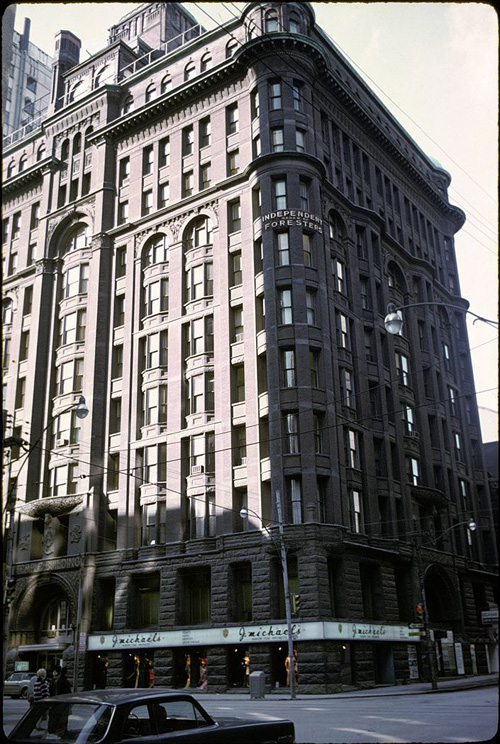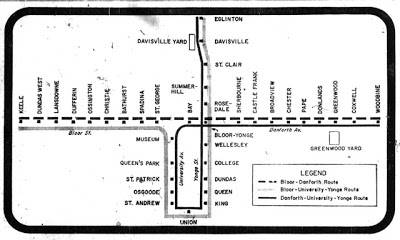baby attacks chocolate easter egg, canadian actress hired as swimmer

Source: Daily Mirror (overseas edition), April 4, 1953. One of the oddest Easter images found kicking around the ol' Warehouse. If the egg was smaller, it would be tempting to label this post "Giant Mutant Baby Altered by Nuclear Test Attacks Innocent Easter Egg." As it is, it's as goofy as a shot in the same browning bound edition of the British tabloid featuring Orson Welles wolfing down a bowl of spaghetti . Perhaps the Mirror should have sponsored an eating contest between this chocolate-loving child and the movie auteur.

